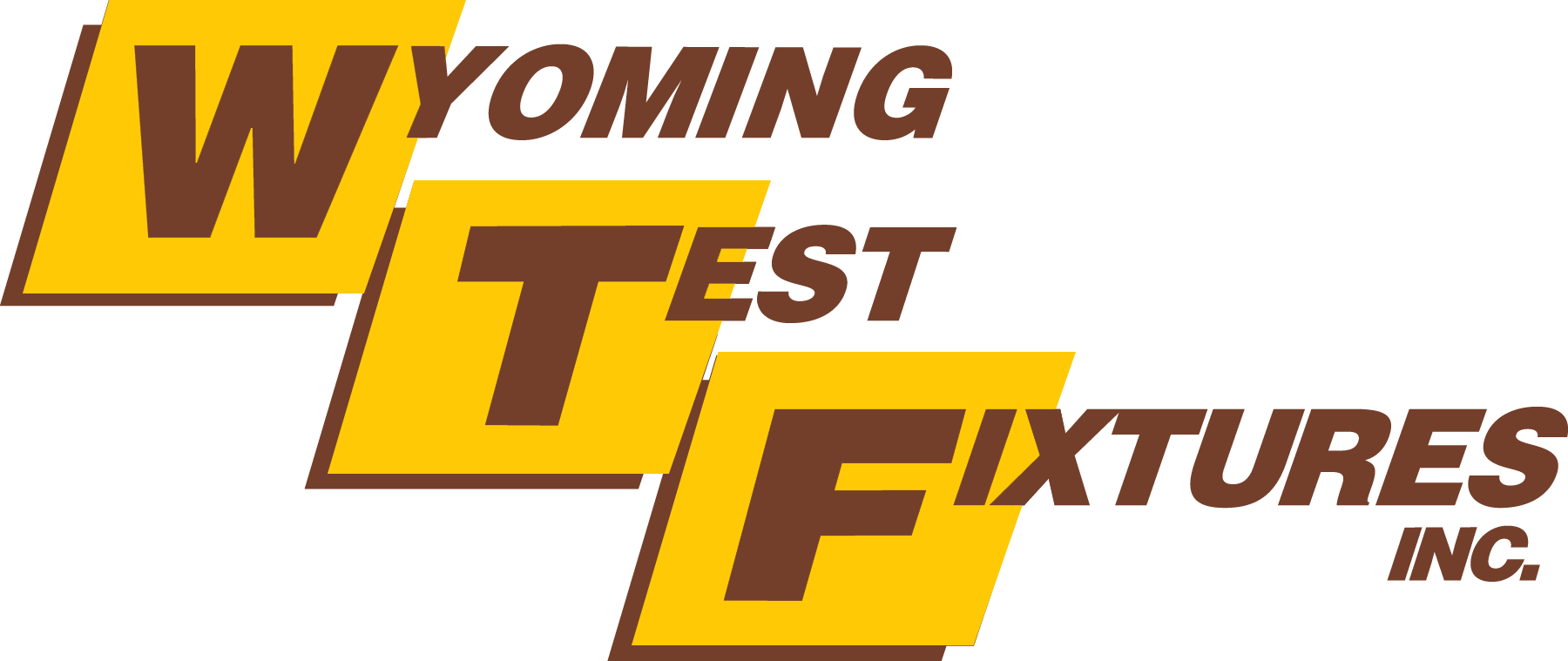Three- and Four-Point Flexure Test Fixture (ASTM D790, 6272, 7264)
Model No. WTF-FL (Stainless Steel)

Fig. 1: Three- and Four-Point Flexure Test Fixture
This flexure test fixture, shown in Figs. 1 and 2, is designed to test materials in both three- and four-point flexure. Prior to 1997, one ASTM Standard, i.e., ASTM D790, covered both loading modes. However, since 1997, only three-point loading is included in ASTM D790 (Reference 1), and a new ASTM standard has been created for four-point loading, i.e., ASTM D6272 (Reference 2). These two standards are under the jurisdiction of ASTM Committee D20-Plastics. In 2006, ASTM Committee D30-Composites issued a new standard specifically for composites, ASTM D7264 titled "Flexural Properties of Fiber-Reinforced Polymer Matrix Composites," that includes both three- and four-point loading (Reference 3).
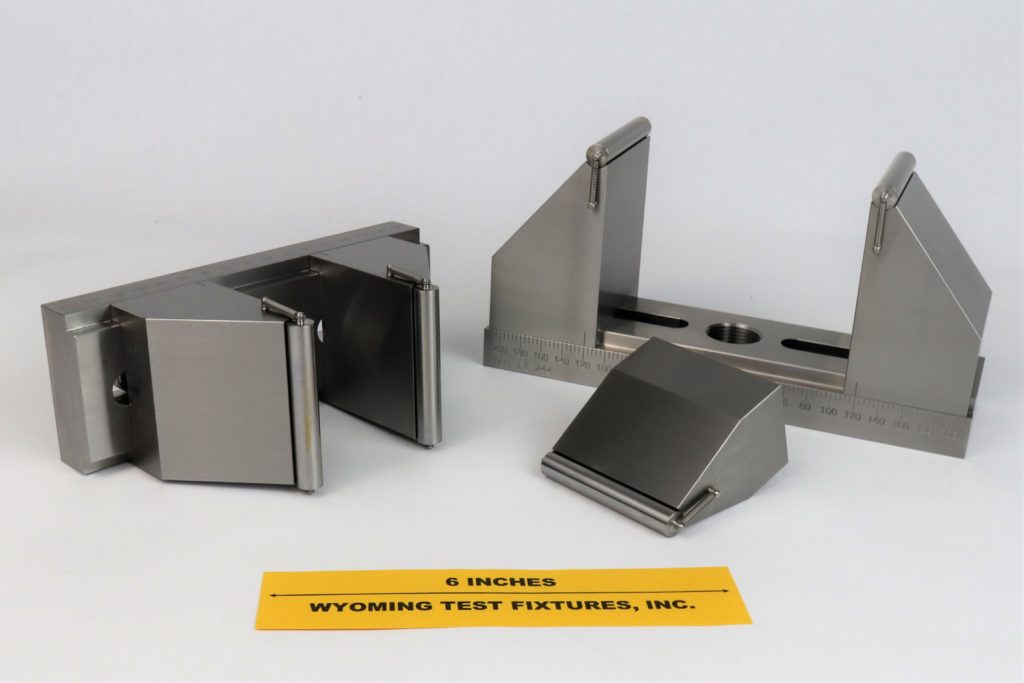
Fig. 2: View of various flexure fixture components
ASTM Standards D790 and D6272 recommend a specimen span length-to-thickness ratio of 16:1, although 32:1, 40:1 and 60:1 ratios are permitted for specific materials. ASTM D7264 recommends a ratio of 32:1, but permits use of the other ratios as well. For a typical 0.1" thick specimen and a commonly used span length-to-thickness ratio of 16:1, this corresponds to a support span of 1.6", with at least an additional 10 percent (0.25" minimum) specimen overhang at each end being specified in the standards.
To accommodate various types of materials, specimen thicknesses, and span length-to-thickness ratios, the support span length of the Model WTF-FL fixture is infinitely adjustable over the full range of span lengths up to 8". Scale markings are engraved on the base to aid in setting the desired span length, which is achieved by sliding each of the specimen supports to the required positions. These specimen supports are then clamped securely in place by tightening Allen head screws from the underside. The four-point loading head can be adjusted similarly, to a maximum span of 6". It also has engraved scale markings, to aid in setting the desired loading span length. For four-pointloading, either third-point or quarter-point loading is typically used, although ASTM D7264 only permits quarter-point loading.
All supports and loading points are hardened steel cylinders, each 0.25" in diameter and 2.5" long, held in vee-grooves by small springs on each end. This permits them to be rotated, and also to be easily replaced if desired. Other loading and support span lengths and cylinder diameters can be provided upon request. For example, 4mm, 6mm, and 10 mm diameter loading cylinders are also commonly used. For example, ASTM D790 and D6275 specify 4mm and 10mm diameter cylinders.
The top and base of the flexure fixture have a 1"-14 threaded hole to be used to attatch to the testing machine. Custom adapters can be made to attatch to any type of connection for a specific testing machine, but are not included with the fixture.
Special flexure fixtures can also be designed and fabricated. One such example is shown in Fig. 3. This fully adjustable support span, three-point loading fixture has support cylinders that are free to roll on their flat support surfaces as the specimen deflects under load. This fixture is also designed so that interchangeable cylinders of different diameters can be used. Although rolling support cylinders are not required by most standards, this option is available, if desired.
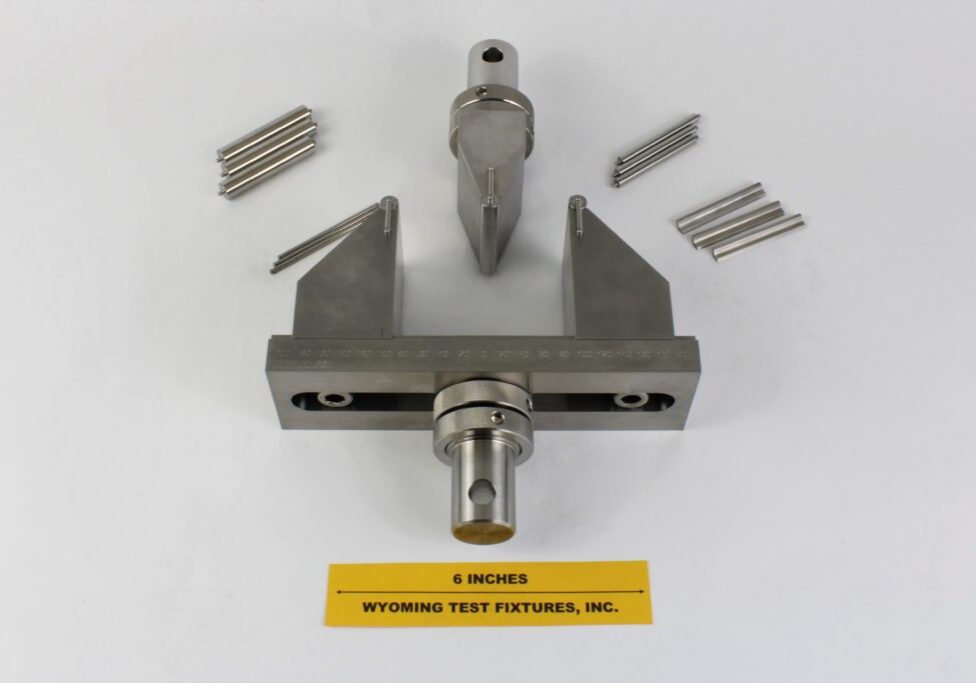
Fig. 3: Fully adjustable Three-Point Flexure Fixture with cylinder supports and interchangeable loading and support cylinders with optional adapters (3, 6.4, 10, and 12mm diameter cylinders are shown).
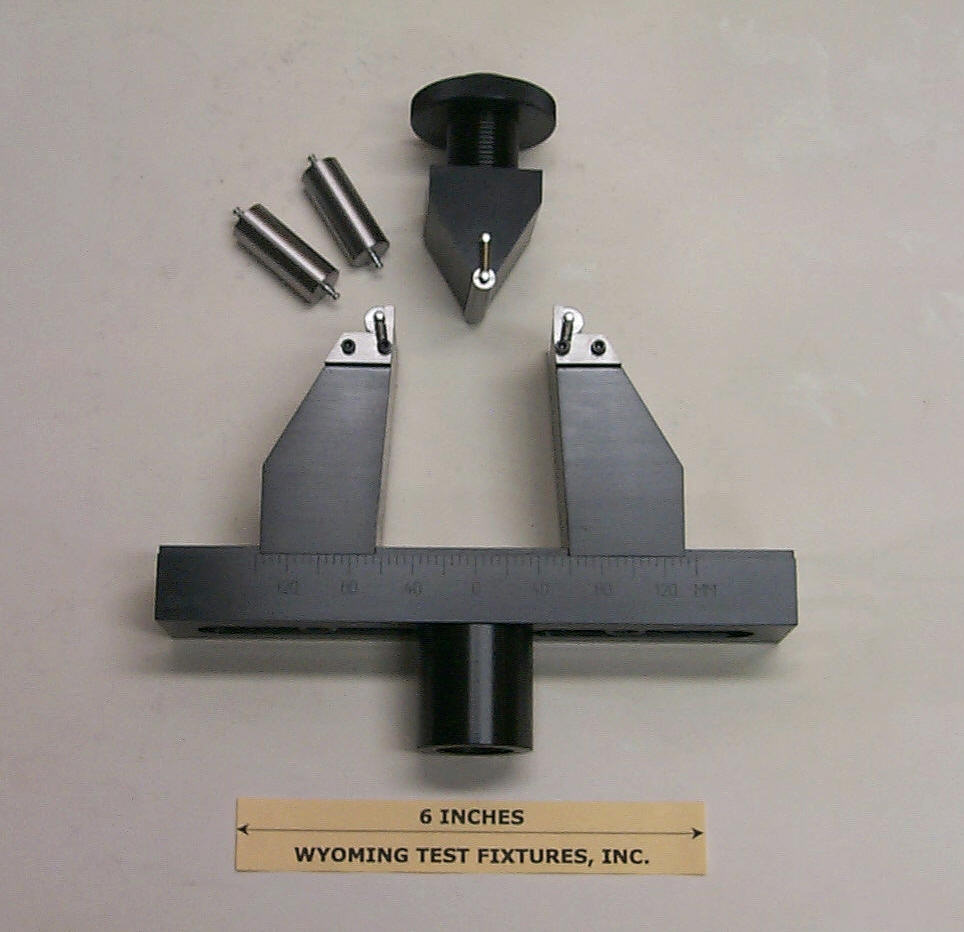
Fig. 4: Fully adjustable Three-Point Flexure Fixture with rolling cylinder supports with optional adapters.
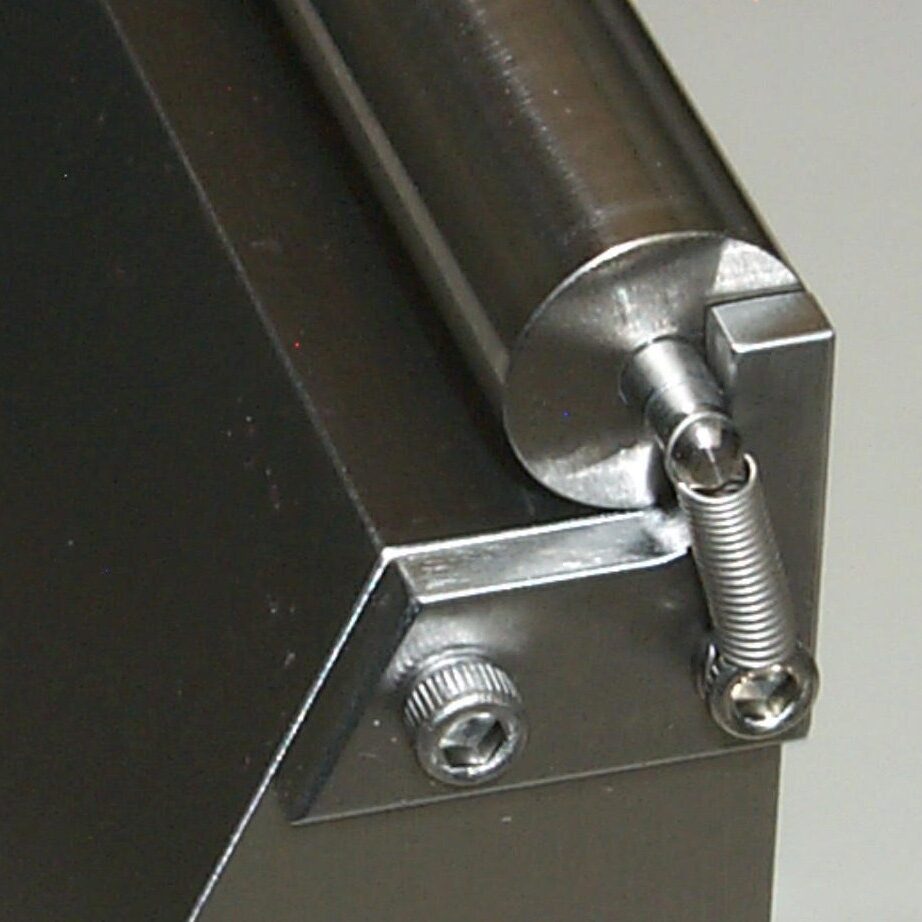
Fig. 5: Close-up of a typical rolling support cylinder.
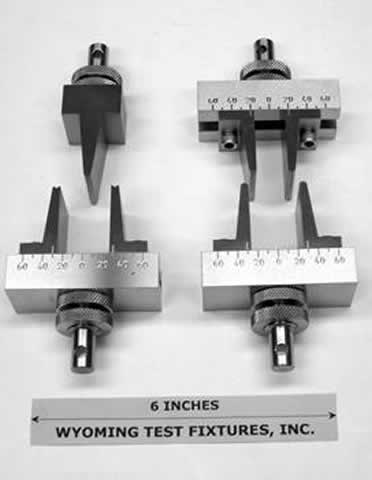
Fig. 6: Small scale Three-Point and Four-Point Flexture Fixture configurations for testing mouse bones.
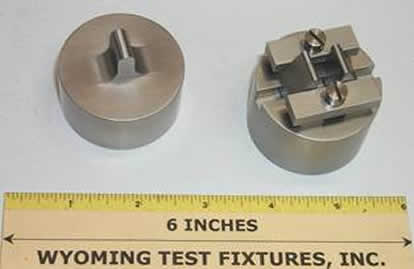
Fig. 7: Adjustable-span, sub-scale nickel superalloy, Three-Point Flexure Fixture for use in high temperature testing.
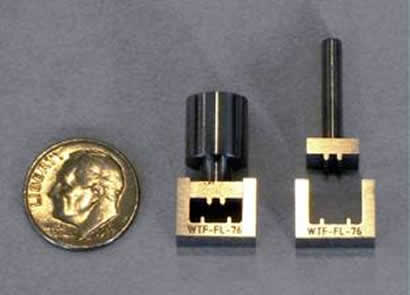
Fig. 8: Miniature fixed-span, Four-Point Flexure Fixture (4mm support span and 2mm loading span).
Screw-adjustable span flexure fixtures can also be provided, similar to the Short-Beam Shear Fixture and the Long Beam Flexure Fixture.
Sources of Additional Information:
1) ASTM Standard D 790-10 (2010), "Flexural Properties of Unreinforced and Reinforced Plastics and Electrical Insulating Materials," American Society for Testing and Materials, West Conshohocken, Pennsylvania (first issued in 1970).
2) ASTM Standard D 6272-10 (2010), “Flexural Properties of Unreinforced and Reinforced Plastics and Electrical Insulating Materials by Four-Point Bending,” American Society for Testing and Materials, West Conshohocken, Pennsylvania (first issued in 1998).
3) ASTM Standard D 7264-07 (2007), “Flexural Properties of Polymer Matrix Composite Materials,” American Society for Testing and Materials, West Conshohocken, Pennsylvania (first issued in 2006).
